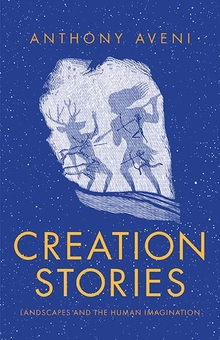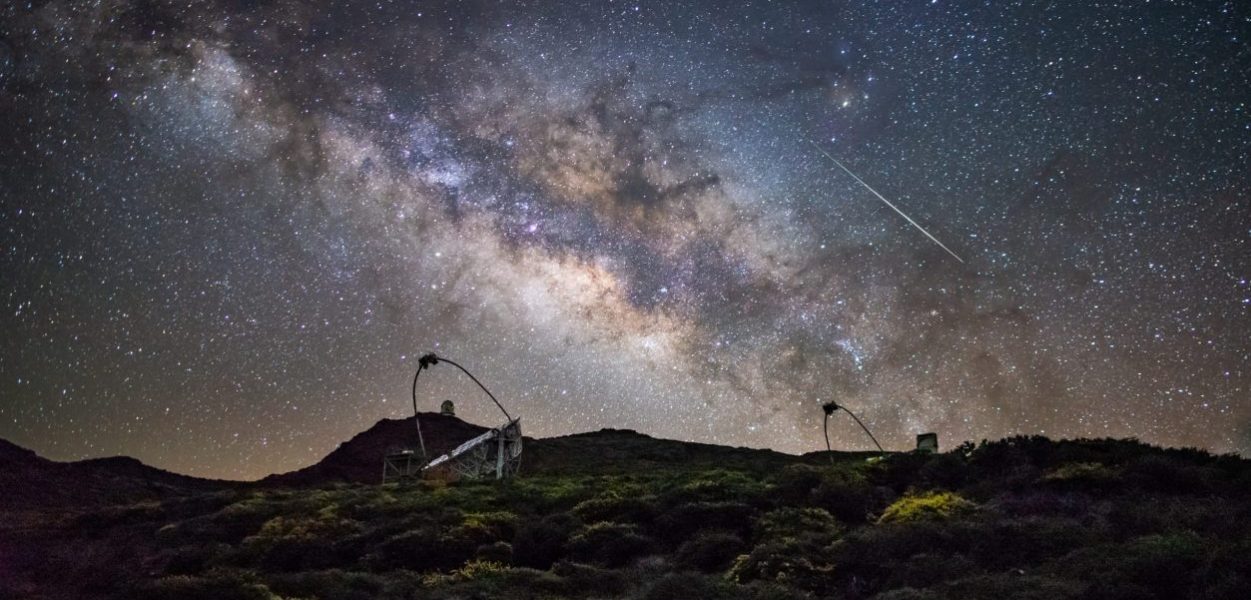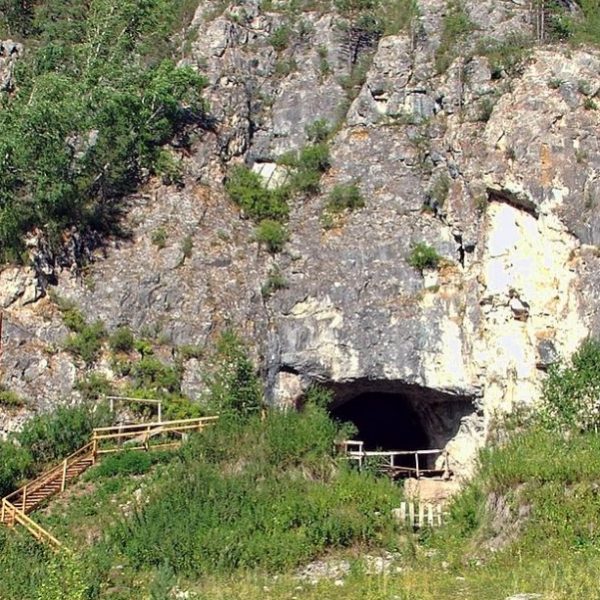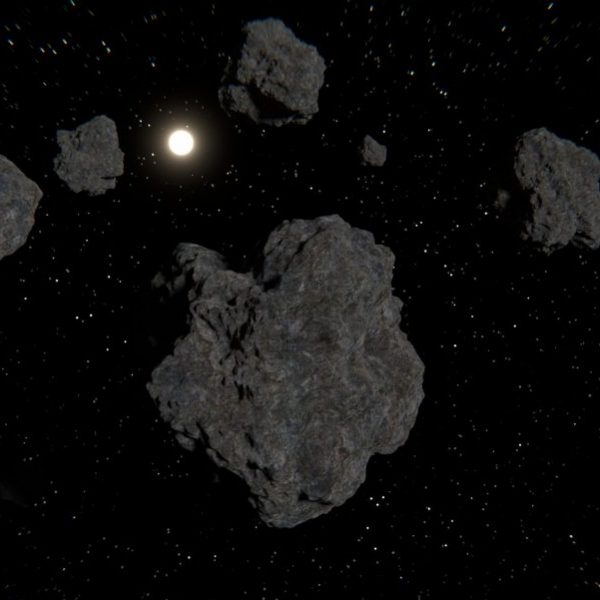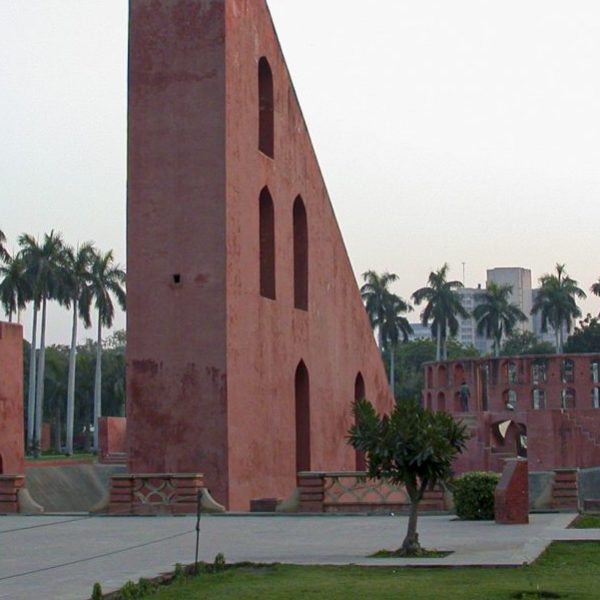Landscapes of Creation
Anthony Aveni—
Where did it all come from? What are we doing here? What will happen to us?
There’s Genesis—a creation story (actually, an amalgam of stories) told in the Middle East more than three millennia ago by a disenfranchised people that attempts to answer these profound questions. A single deity made it all happen in seven days by speaking creative words. And it was a good world, left in the custody of those who told the tale. It’s also a story with legs, as the journalists say, for it still appeals to a wide variety of diverse cultures across the world.
Then there’s the Big Bang—a violent contemporary narrative that leaves the troubled listener suspended in doubt when it comes to the limits of free will, a tale relatively brief in temporal pedigree. It’s a story about how rather than why, told by those who view the universe as an entity that exists for its own sake. The whole of it was created in a cause free instant eons ago, gradually becoming the familiar world we sense today.
Two stories, often contrasted. One is a moralistic set of parables offering a noble way to lead the good life; the other lays claim to absolute truth about the nature of the physical environment that surrounds us all. Ask anyone, as I have during many years spent in the classroom, to name (much less narrate) any other story of creation and you will likely come up empty.
I’m a scientist, an astrophysicist by training, and a firm believer in the harsh truth of the Big Bang; but I am also impressed by the power and efficacy of the words writ in Genesis. I would have been as unresponsive as any of my students had the question been posed to me, until some 40 years ago. That’s when I began to engage the astronomies and cosmogonies of cultures other than my own. It began when I came across an ancient Maya astronomical document that tracked the movement of the planet Venus to an accuracy of one day in 500 years. How did a culture with neither telescopes nor computers—totally low tech, practically no tech—do that? I wondered. How I arrived at my answer is another story (basically, their astronomers made repeated long-term observations with the unaided eye using only sticks and ropes to line up their observations to celestial events transpiring at the local horizon through openings in sacred buildings). I devoted the rest of my scholarly life to finding and surveying the sites of monumental architecture containing astronomical alignments where they made their observations. It was through this work that I came to realize the fallacy of what I like to call the techno-myth: the notion that any great scientific/architectural accomplishment in ancient societies must have been the result of alien or vanished high tech cultures.
My immersion in the world of the Maya led me to explore why they carried out their search for precise knowledge of the world around them. I discovered that what they sought was deeply immersed in their story of creation—a vivid tale featuring a battle between the forces of the upper celestial and lower cavernous worlds. (The Maya live in a topography studded with cenotes (sink holes) and caves.) Mayan culture drew me to other high cultures of the Americas—the Aztecs, then the Inca—and eventually to creation stories told by cultures, both ancient and contemporary, around the world. I became attracted to the stage sets in each story: mountains in the Andean, Navajo, and Greek; rivers in the Egyptian and Mande (Niger); islands in the Japanese, Hawaiian and Polynesian; and snow and ice fields in the Arctic Inuit and Norse. In every story landscape included not just the topography, plants, and animals, but the people as well. Landscapes of creation—what a neat way to organize a collection of stories about where we came from.
I’d long thought about writing on world creation myths, uncovering the similarities and differences in humanity’s attempts to explain the world around us, giving testimony to the skill and audacity of the storytellers. I’d never come across such a book. But it was a casual coffee that pushed me over the edge. My then Yale Press Science and Technology editor Joe Calamia and I were poring over a manuscript on the history of eclipses (In the Shadow of the Moon,2017). Out of the blue, Joe lamented that there just weren’t any accessible texts on non-western cosmologies. Can you imagine, I thought to myself, a science editor of all people recognizing such a gap? Two years later my Creation Stories: Landscapes and the Human Imagination appeared. I dedicated it to Joe.
I think the most poignant moment during my choosing and assembling of Creation Stories happened when I was looking for an illustration to accompany the Haudenosaunee (Iroquois to most of us) myth. Living in upstate NY among these modest, soft-spoken people, I know the story well, though it hasn’t circulated very far beyond the confines of the Great Lakes. It’s all about the descent of creator deity Sky Woman brought down to a watery world by a flock of birds. I came across a vivid painting by local native artist John Kahiones Fadden, showing Sky Woman soaring among the stars amidst a host of avian creatures. I coiled up enough courage to write John to ask for permission to reproduce the work—after all, here’s this white guy telling stories that consist of someone else’s cultural property, which concerned me. But I was pleasantly surprised to receive a positive response. When the book came out I sent John a complimentary copy. A few days later he wrote back: “I am very touched that you included our Haudenosaunee story in your selection.”
Anthony Aveni, the Russell Colgate Distinguished University Professor Emeritus of Astronomy and Anthropology and Native American Studies at Colgate University, helped develop the field of archaeoastronomy and is widely considered one of the founders of Mesoamerican archaeoastronomy. He is the author of Star Stories: Constellations and People and In the Shadow of the Moon: The Science, Magic, and Mystery of Solar Eclipses.
Further Reading:
